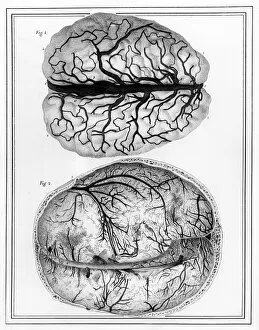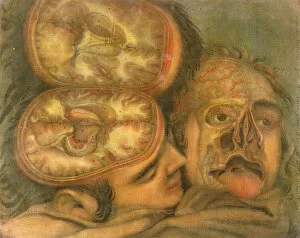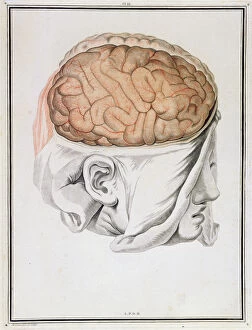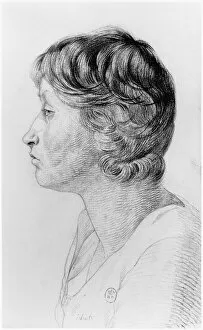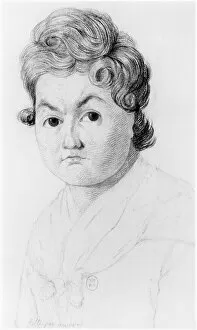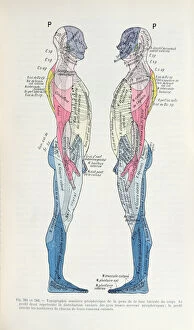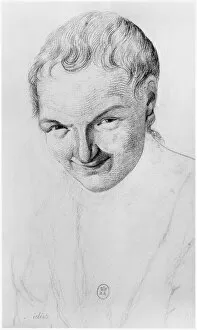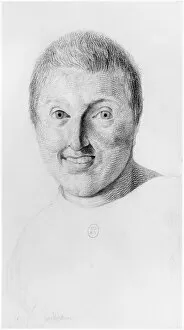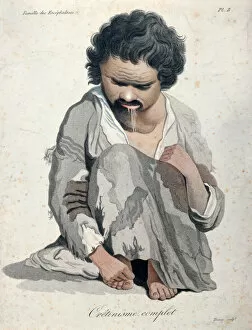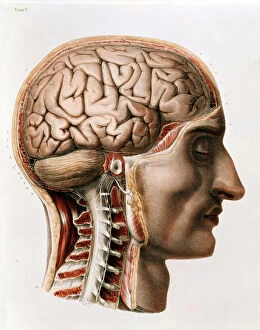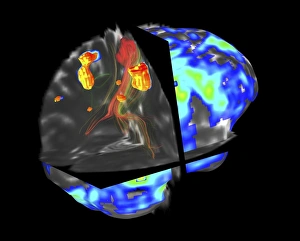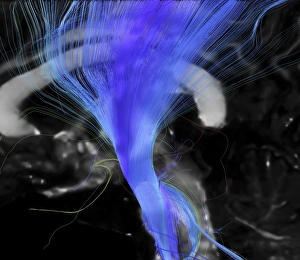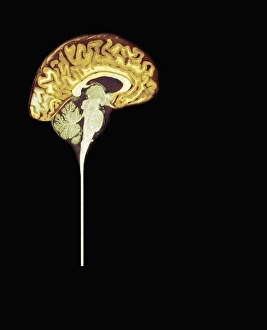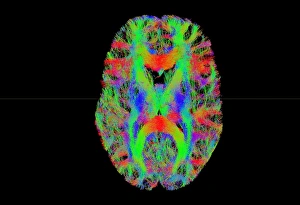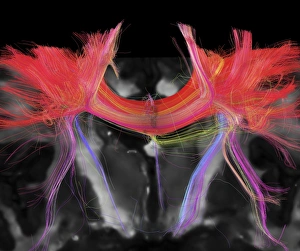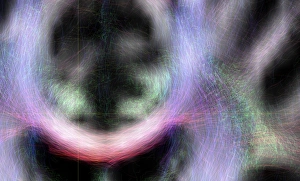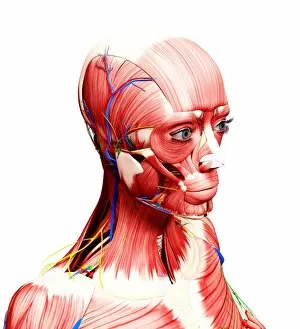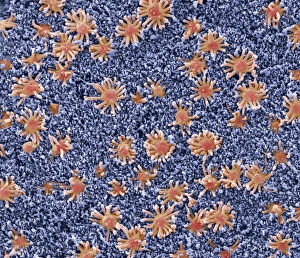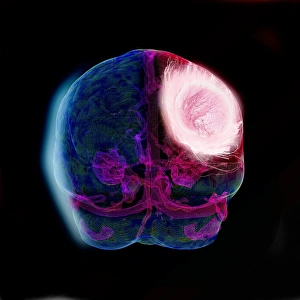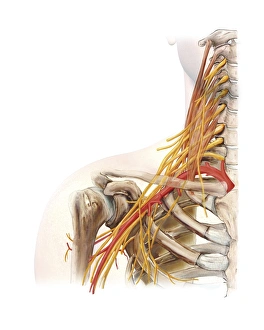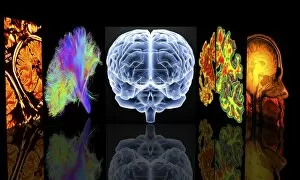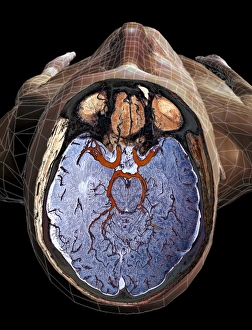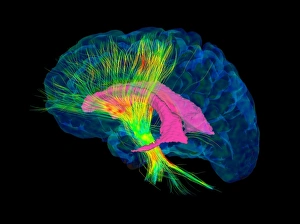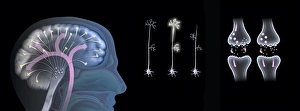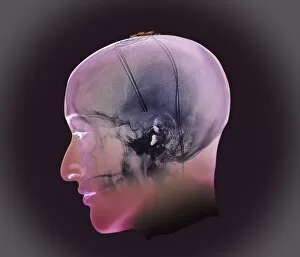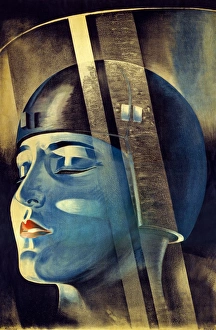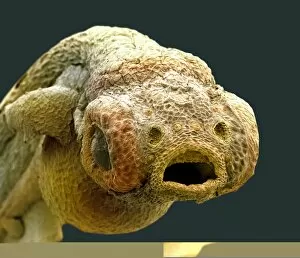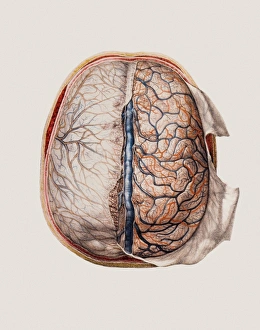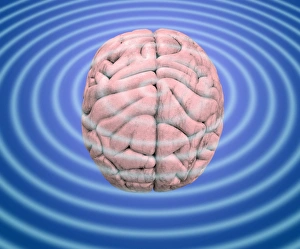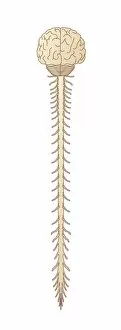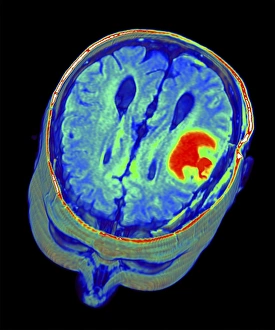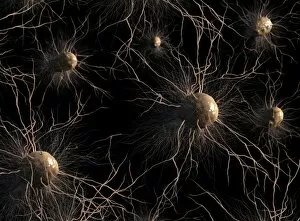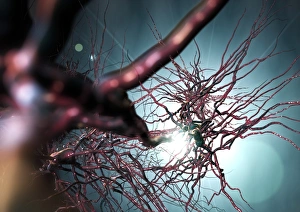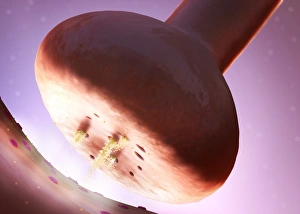Neurological Collection (page 3)
Neurological wonders unravel before our eyes as we delve into the intricate world of the brain
All Professionally Made to Order for Quick Shipping
Neurological wonders unravel before our eyes as we delve into the intricate world of the brain. The Motor homunculus model, a representation of the body's motor functions within the brain, unveils the fascinating connection between mind and movement. Cerebellum tissue, captured in a light micrograph, showcases its remarkable structure responsible for coordination and balance. Through Brain fibres revealed by DTI MRI scan C017 / 7099, we witness the complex network that allows information to flow seamlessly throughout our minds. These Brain pathways pave the way for thoughts to travel and actions to be executed with precision. The Brain blood vessels depicted in a stunning 3D angiogram C007 / 1981 remind us of their vital role in nourishing this extraordinary organ. As we explore further, we encounter both Motor and sensory homunculi – visual representations highlighting how different regions of our bodies are represented within specific areas of our brains. Delving deeper into microscopic realms, Nerve and glial cells come alive under a light micrograph. Their intricate structures reveal their crucial roles in transmitting signals and supporting neuronal health. Synapse nerve junctions captured through TEM imagery demonstrate where these incredible cells communicate with one another. Surprisingly, even caffeine crystals make an appearance under a light microscope – reminding us that neurological effects can extend beyond what meets the eye. Zooming closer still reveals Nerve cells observed through SEM imaging; their unique shapes hint at their diverse functions within this awe-inspiring system. Finally, Hippocampus brain tissue takes center stage – known for its involvement in memory formation and spatial navigation. Its intricacies hold secrets waiting to be unlocked by dedicated researchers worldwide. As we uncover these neurological marvels piece by piece, it becomes evident that there is much more than meets the eye when it comes to understanding this enigmatic realm within each one of us - an endless source of fascination awaiting exploration.

